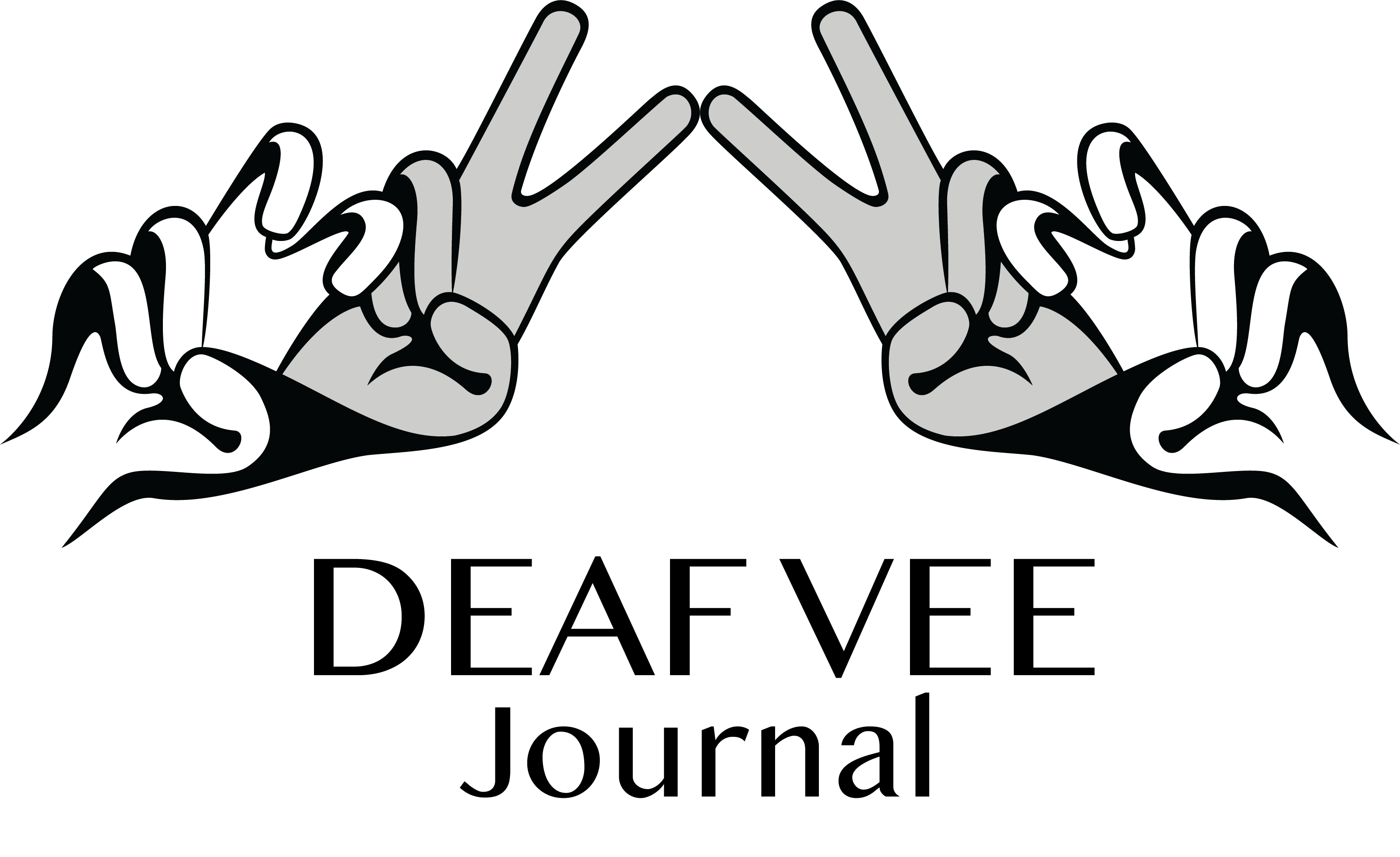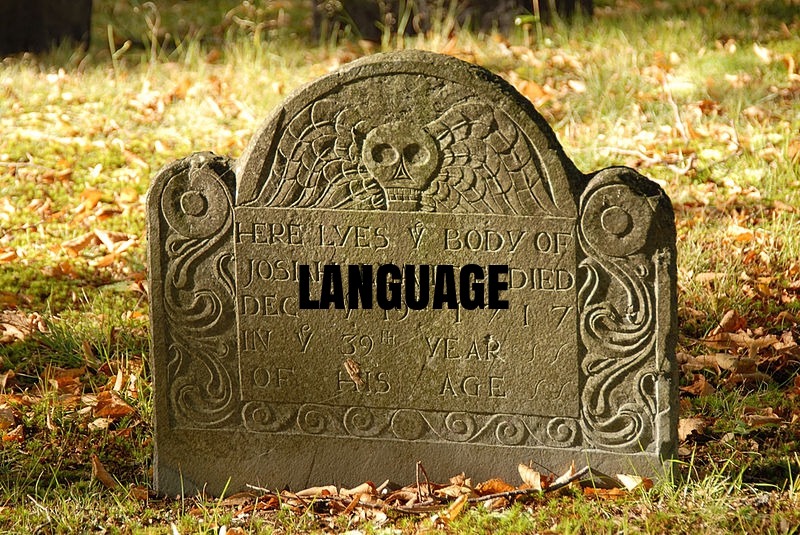Thomas Hopkins Gallaudet and Laurent Clerc brought the birth of American Sign Language [ASL] to the United States, a language the white Deaf community embraces so much they have been, knowingly or unknowingly, contributing to the decline of other sign languages over the generations. The claim is, ASL was invented to provide instruction for Alice Cosgwell, the Deaf daughter of Gallaudet’s neighbor.
There has been a collective push for the agenda of ASL, mainly on the part of white Deaf ASL users: “ASL first!” ASL users, however, often forget about or do not take in consideration other sign languages out there, such as Black American Sign Language [BASL], Lengua de Señas Mexicana [LSM], and Plains Indian Sign Language [PISL]. There were at least 41 distinct sign languages documented in Indigenous tribes across what is known as the U.S., and now only a couple of sign languages remain (Jeffrey Davis, 2017). The earliest evidence of “Sign Talk” or “Hand Talk,” as it is sometimes called in reference to the sign languages Indigenous tribes use, goes all the way back to the 1500s, well before ASL (Cecily Hilleary, 2017).
A small cluster in New York uses Nepali Sign Language [NSL], and there is Puerto Rico Sign Language [PRSL] in Puerto Rico, and both have been covered in previous Deaf Vee Journal articles.
Also, the 2013 official recognition of Hawaii Sign Language [HSL] as distinct from other sign languages in the United States was discussed in a 2016 article in The Guardian. Journalist Ross Gerlin states the biggest threat to HSL, as well as the estimated 400 sign languages around the world (of which most are unknown), is ASL.
Ross Perlin said it best, “The story of HSL raises crucial questions in an age of globalisation: Do cultures on the margins have a future? Will enough people choose to be that different, and will they do it together?” (The Guardian)
It seems rather ironic: so many Deaf individuals talk about the value of allowing a Deaf child to have access to ASL because it is their natural language and culture, and yet there are situations where Deaf individuals are forcing others, directly or indirectly, to change their native sign language(s) and accommodate them.
Here’s one recent controversial instance. An American ASL user shared public commentary that the sign for “unique” used in Canada should be changed because, from their perspective, it reminds them of a derogatory and racist ASL sign. Some Deaf Canadians assert that Canadian American Sign Language is not recognized as its own sign language, because the number of differences in signs between Canada’s ASL and the United States’ ASL is small–for that reason, it is considered more of a dialect.
The debate on whether the Canadian sign for “unique” should be changed to appease the Deaf American who is unhappy with the sign is still occurring among Deaf Canadians. This is an example of how language loss can happen, though–when a community is forced to make changes with their language to be more similar to the dominant language. A few Deaf Canadians told Deaf Vee Journal directly that it is not the place of ASL users in the United States to have influence or make decisions on the signs Deaf people use in other countries, because it is their own. Deaf Vee Journal used this as an example solely for the purpose of highlighting how language change can eventually contribute to language death if too many changes are made.
The UNESCO Atlas of the World’s Languages in Danger shows that 230 languages went extinct between 1950 and 2010. About one-third of the languages remaining in the world have less than 1,000 speakers left.
With the dominance of ASL and English throughout the world, communities are resisting the colonization of their language and doing revitalization work. One example would be sign language researchers Dr. Jeffrey Davis and Dr. Melanie McKay-Cody, who are working with tribes to find PISL signers for PISL preservation, and they hope to compile a PISL dictionary. Dr. McKay-Cody, a Cherokee Deaf woman herself, told VOA News: “Hand Talk is endangered and dying quickly.” According to VOA News, Dr. McKay-Cody is also pushing for PISL to be incorporated into mainstream education of the Deaf.





